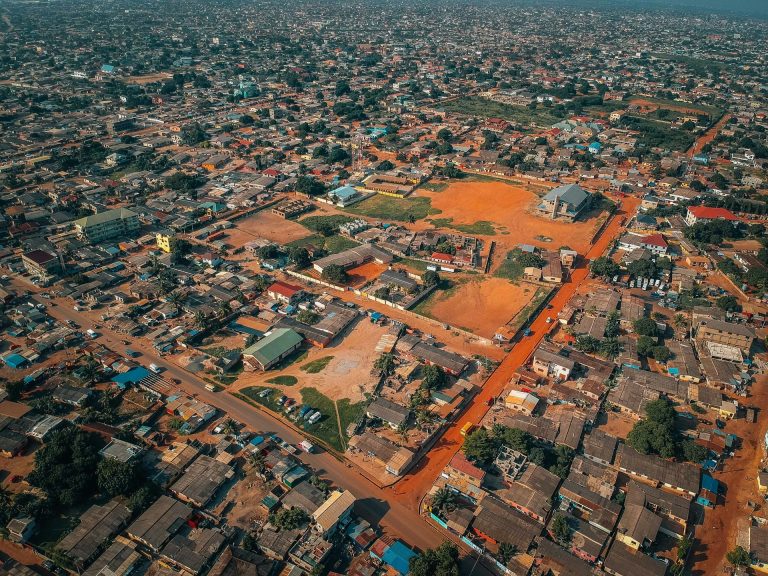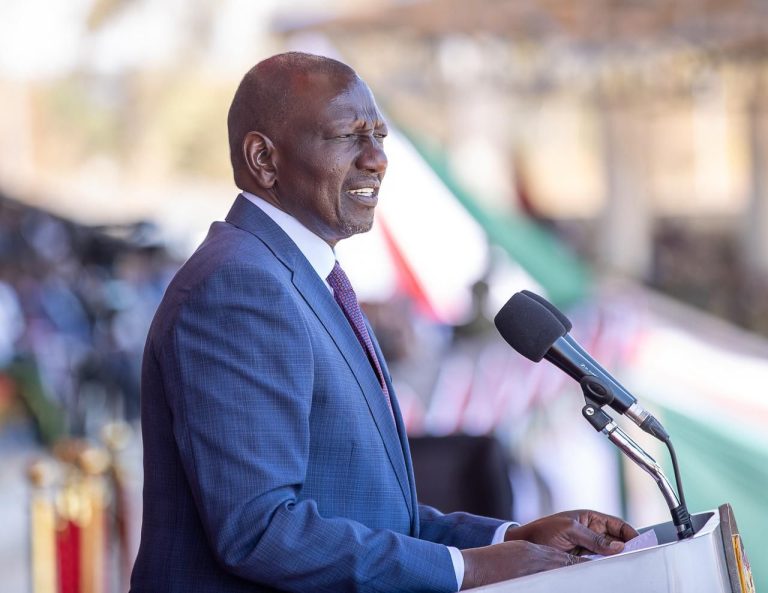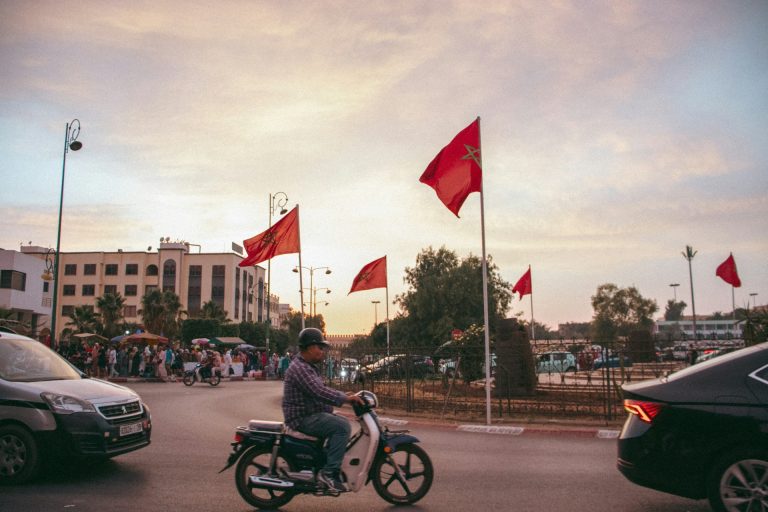- Profit after tax drops 59.9% in September to N216bn ($147.36mn)
- Crude output sinks to lowest level this year at 1.39 million bpd
ABUJA, NIGERIA – Nigeria’s state oil firm, the Nigerian National Petroleum Company Limited (NNPCL), reported a steep 59.9% fall in profit after tax to N216 billion ($147.36 million) in September 2025.
The latest financial report, released on Tuesday, shows a sharp decline from N539 billion ($367.73 million) posted in August — signalling another setback in a turbulent year for the energy giant.
Revenue for September dropped 8.3% to N4.269 trillion ($2.91 billion) from N4.655 trillion ($3.18 billion) the previous month, while profit levels marked the second-lowest of the year after July’s N185 billion ($126.2 million).
NNPCL’s profitability has swung wildly throughout 2025, ranging from a peak of N1.054 trillion ($719.3 million) in May to a low of N185 billion ($126.2 million) in July. The rollercoaster trend reflects deep volatility in production, pricing, and domestic competition.
Refinery pressure and market shifts
“NNPCL is struggling,” said Jide Pratt, Nigeria Country Manager of TradeGrid and Chief Operating Officer of Aiona, in an interview with Allen Dreyfus.
“The times have changed with the coming on stream of the $20 billion Dangote Refinery,” he said, noting that the state oil firm is no longer the “single supplier” in Nigeria’s downstream market.
“With the [Dangote] refinery, it’s two different things – there’s a refinery that’s pushing a lot of products into the market. Import [of refined products by the group] seems to be stifled due to the pricing undercutting from the refinery. This means that their product trading is being stifled, and they don’t have control, and their refineries are not working,” Pratt explained.
Despite the profit squeeze, NNPCL said it continued statutory payments to government coffers. Remittances totalled N10.073 trillion ($6.87 billion) between January and August, up from N8.86 trillion ($6.04 billion) by July — suggesting N1.213 trillion ($827.59 million) was transferred in August alone.
However, these remittances remain under scrutiny. Earlier this week, Nigeria’s federal government extended its probe into the company’s payments until December 2024, following allegations of under-remittance totalling $42.37 billion between 2011 and 2017.
Production decline adds pressure
NNPCL’s September woes were compounded by a decline in crude oil and condensate production, which fell to 1.58 million barrels per day (bpd) — a 3.09% drop from August’s 1.63 million bpd, according to data from both NNPCL and the Nigerian Upstream Petroleum Regulatory Commission (NUPRC).
Crude output alone fell to 1.39 million bpd, the lowest this year, while condensate output averaged 191,373 bpd. The company blamed the drop on industrial action by the Petroleum and Natural Gas Senior Staff Association of Nigeria (PENGASSAN).
“Production is one angle to look at, but that’s on the crude side,” Pratt said. “Sales from crude and distillate products are also undulating. They are not the only ones in the market anymore, and they are not the market leader.”
Natural gas output also slumped sharply to 6,284 million standard cubic feet per day, representing a 9.6% month-on-month decline from 6,949 million scf/d in August.
Pratt predicted the profit downturn could persist for at least another year.
“This [profit pressure] might continue for another 6–12 months before they find stability in trading and increased crude sales,” he said. “Gas might be the way out for them eventually.”











